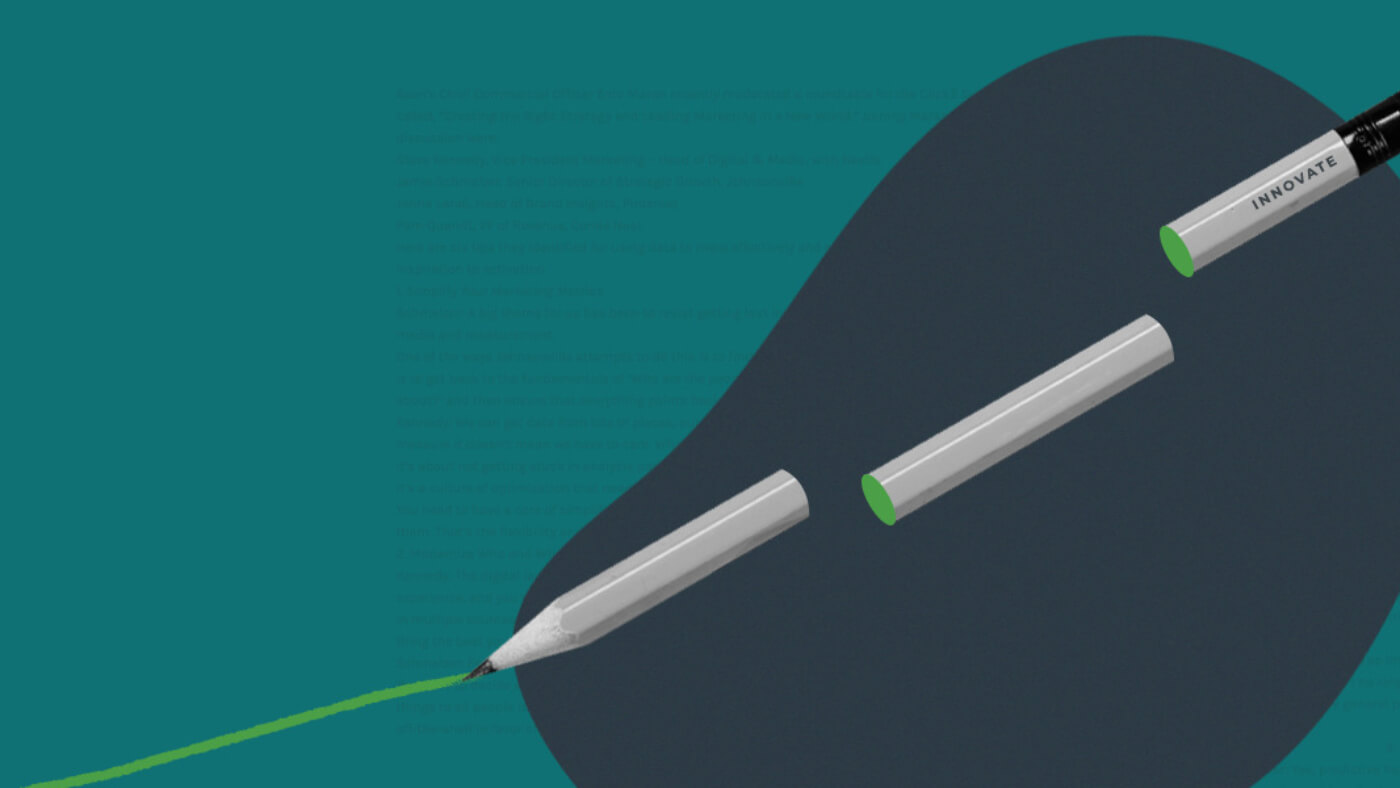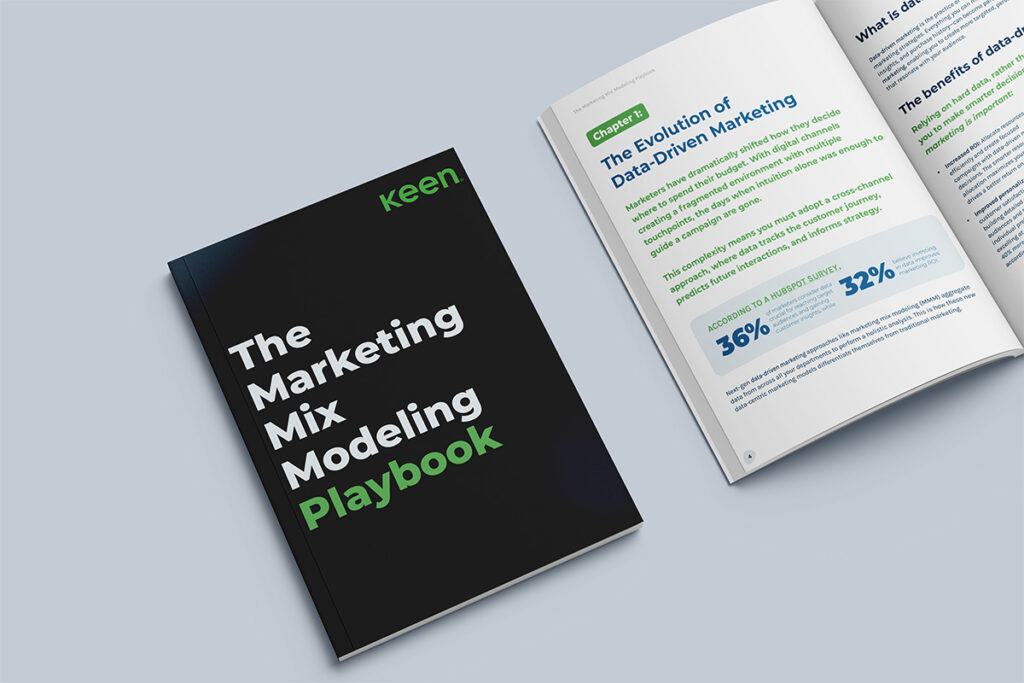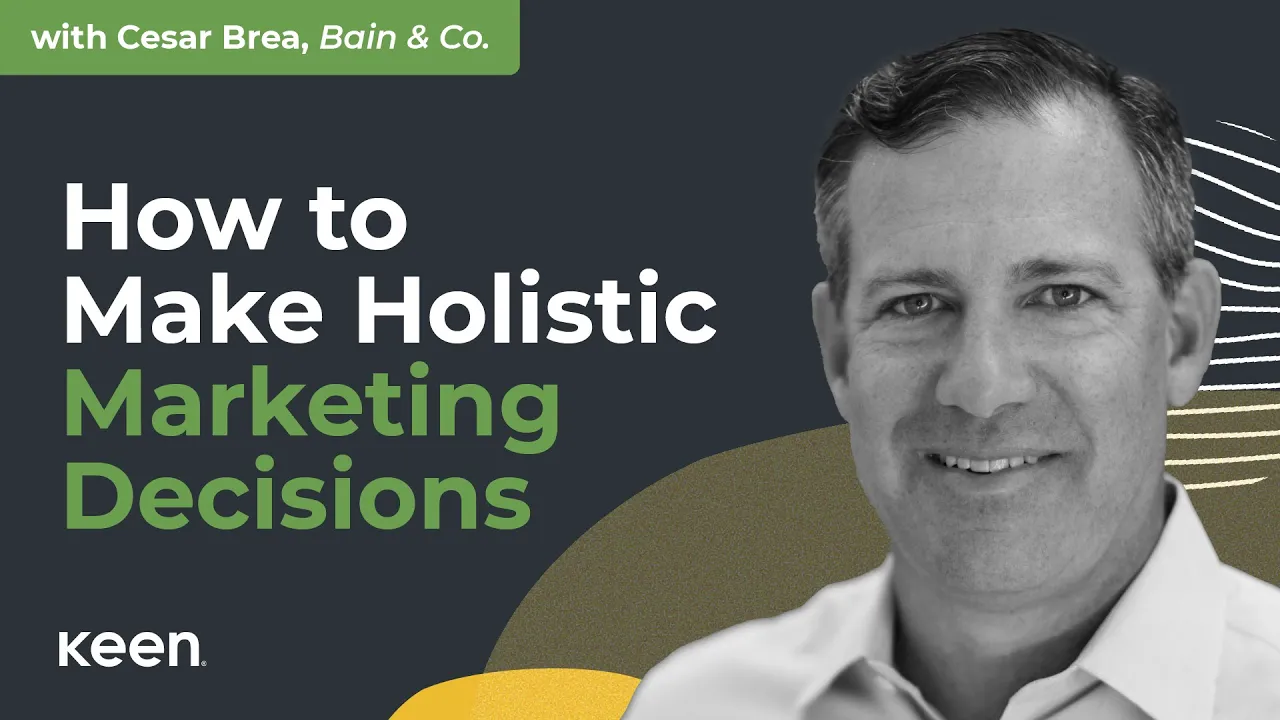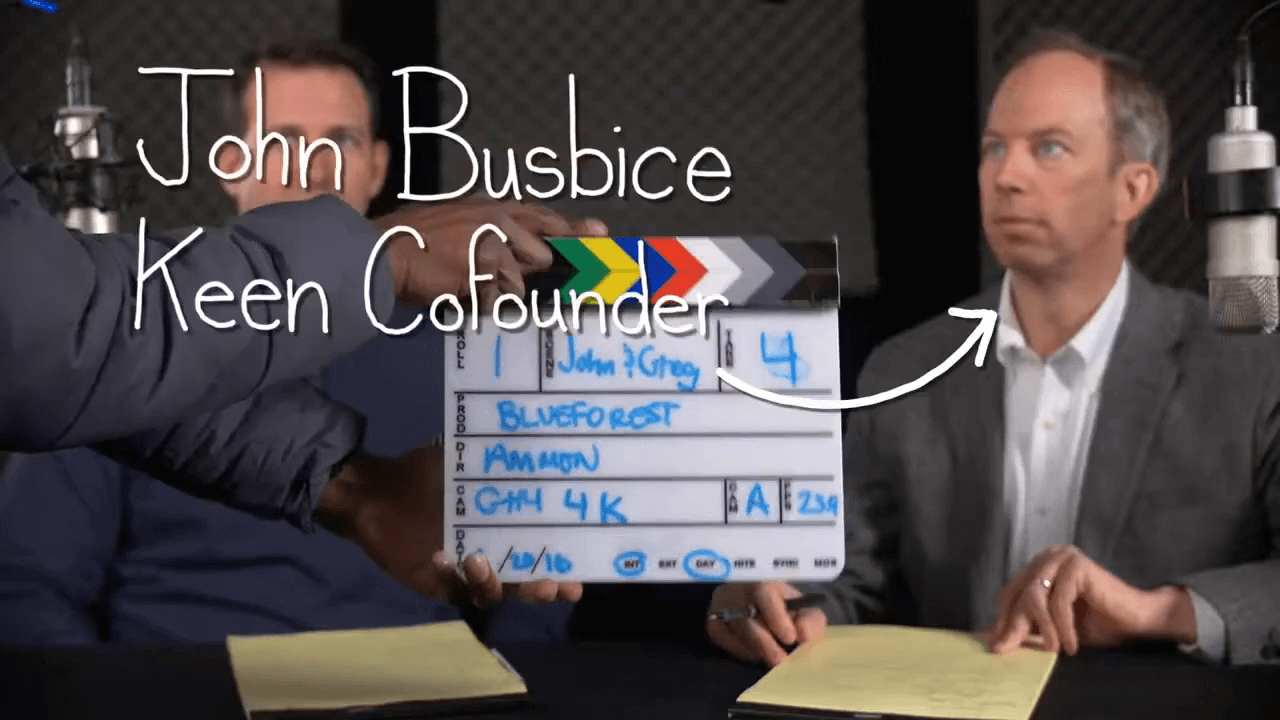Keen’s Chief Commercial Officer Enid Maran recently moderated a roundtable for the ClickZ Summit, called, “Creating the Right Strategy and Leading Marketing in a New World.” Joining Maran for the discussion were:
- Steve Kennedy, Vice President Marketing – Head of Digital & Media, with Nestle
- Jamie Schmelzer, Senior Director of Strategic Growth, Johnsonville
- Jenna Landi, Head of Brand Insights, Pinterest
- Pam Quandt, VP of Revenue, Conde Nast
- Here are six tips they identified for using data to more effectively and efficiently move consumers from inspiration to activation.
Insights from the New World Marketing Discussion
1. Simplify Your Marketing Metrics
Schmelzer: A big theme for us has been to resist getting lost in all the available complexity around both media and measurement.
One of the ways Johnsonville attempts to do this is to find a simplifier and put them in charge. Their role is to get back to the fundamentals of ‘Who are the people we care about?’ ‘What are the metrics we care about?’ and then ensure that everything points back to serving the people and metrics we value.
Kennedy: We can get data from lots of places, our plans can get super fragmented. Just because we can measure it doesn’t mean we have to care. What few metrics are we going to rely on to drive our business?
It’s about not getting stuck in analysis paralysis. We’ve got to get comfortable with the ongoing tinkering. It’s a culture of optimization that needs to get put in place.
You need to have a core of simplified metrics and a culture of optimization to find better ways to drive them. That’s the flexibility and agility needed to constantly have forward momentum.
2. Modernize Who and What You Measure
Kennedy: The digital landscape is fragmenting, so you need to play a role across that fragmented user experience, and you need measurement across each of those touch points. You need to be creative, bring in multiple sources and be flexible. Measurement methodologies change Incrementally across platforms. Bring the best you have to each touchpoint.
Schmelzer: People are buying brands they think reflect the culture. And the culture is pretty fragmented. You have to decide which consumers you care about and focus on reaching them. The days of being all things to all people is becoming more difficult. Get ready to customize your measurement and ditch off-the-shelf in favor of something that reflects the nuances of your business and your brand.
Here are some of the metrics I care about less every day:
- CPM, cost per thousand
- Frequency; it used to be so important in how you bought TV
- Gen Pop Samples – I no longer care what 1,000 Americans representative of the general population think; we’ll never be all things to all people
3. Embrace Predictive Marketing
Schmelzer: Yes, predictive has become critically important. History is muddy going back to 2020. The world proved it was willing to eat way more sausage than we ever thought possible. We look at that date and have to chuck it as an outlier. All our baselines are built off 2019 when we look at predictive marketing.
Kennedy: Predictive marketing is imperative. It’s necessary. As you start to look at the value of predictive analytics it’s only going to increase. It needs to be coupled with sound scenario planning and thinking about it creatively. Even those of us doing a lot of scenario planning and downside risk assessments think “That could never happen.” The truth is 90 percent of it can happen.
Schmelzer: During COVID, consumer demand outstripped our ability to keep up. We had to get really good at answering questions like, “If we run this media and it creates demand, how much more product are we going to sell?” That question was no longer philosophical; it was down to the lives of our production people and their ability to keep up.
We can load it all into Keen’s platform and it will spit out a number, and then it becomes a matter of, “How close were we?” I’m excited to pressure test that capability as we move forward in 2022.
4. Refine Your Knack for Trendspotting
Landi: In response to our partners’ focus, Pinterest rolled out Pinterest Predicts, a trendspotting newsletter that layers in predictive modeling to build confidence in every number we are bringing to marketing. We strive to harness larger macro trends and individual nuggets for content – sharing as regularly as possible.
The role of marketing insights is helping us tap into that cultural zeitgeist. Trend spotting helps our own marketing initiatives and advertisers to stay current and relevant.
We have a unique perspective because Pinterest is where people come to plan. We share those learnings as frequently and widely as possible via our trend spotting and activating insights newsletter.
Millions of new people joined Pinterest during the pandemic. The numbers tell the story of what we’ve all experienced:
- 34x increase in searching for family dinner meals – reprioritized families.
- Less anticipated was a 23x increase in searches for small business plans, People resurrecting some career dreams as well.
Schmelzer: We are really focusing on trying to understand what is happening to our business because of COVID, and what will go away with COVID, versus what represents more durable changes? And, what things were going to happen anyway that COVID accelerated?
Kennedy: All eating went home, so what’s going to stick? A ton of people got into baking. We hope a lot of that sticks and people see the benefits of baking.
Similarly, work came home. A fair amount of the population is not going back to the office. How do we take what’s changed and maximize those trends going forward?
Quandt: What is still really important is aligning brands with that cultural moment and how to tap into it. Our editors, day in and day out, are creating ripple effects in the culture and accelerating trends. Our role is to help brands tap into the zeitgeist of the moment and stay relevant.
5. Double Down on E-Commerce
Kennedy: Folks jumped into click-and-collect grocery and Amazon at a significant level. It was already happening; COVID accelerated it significantly, and it isn’t going back.
How do we knock down some of the barriers? We know these habits are going to stick, and they’re heavy digitally and e-commerce driven.
There’s no funnel; it’s gone. Just a giant ability for consumers to buy whenever and wherever they want. We need to work with our retail partners to be prepared.
Example: Quandt: Consumers want that instant gratification. For example, we saw the rise of craft cocktails and cooking at home and wanted to put power in our consumers’ hands. We created that with Reserve Bar, which gives consumers the ability to pick 3 types of cocktail ingredients and Epicurious gives them a recipe. It’s another example of driving inspiration to action.
6. Invest In Brand Equity
Kennedy: Standard brand equity is a measurement that matters more now than ever. How much equity do we have, not with the general population, but with the people that mean the most to our brand? Why is someone going to buy your brand?
It is driven by relevance in the culture. What you measure and if it resonates and is relevant to your consumer; that’s more important now than ever. It’s just important that we modernize the way you measure it.
It’s always a challenge trying to make sure you’re using the right data to tie back to the tangible benefit. Actual brand equity tied back into marketing impact, pricing power and things like that. How do you best integrate that into your processes? How is it driving product development and content? How do they align to the equity you’re trying to drive?
Landi: Twenty-six percent of time spent on Pinterest is shopping. One of the things I think is unique to the Pinterest platform is that we see brands as a critical part of the experience, not in the traditional experience, but very much a part of the journey.
The role a brand plays may be to help consumers who are looking to bake for the first time or to figure out “waist up wardrobe” for work from home. What’s unique about Pinterest ads are they welcome brands as experts and important content creators.
For us it’s also about ensuring confidence that your partner platforms are a safe environment for your brands. How do you hold your platform to a standard of accountability and safety so that equity is protected and encouraged? I love the inspiration to action journey; that’s where we want to be, not in a combative environment.
Quandt: Putting the brand in people’s hands and showcasing other people using the brand, for example, putting it in Bon Appetit showcasing the product in use. We’ve seen equity increases equate back to brand lift and consumer purchasing after that.
Kennedy: One example of an equity-building innovation for Nestle is our recent introduction of Ruth. The baking category is inherently messy and can be hard. One of the things we got a ton of phone calls about through our customer service toll house hotline was questions from folks at home during COVID about how to bake a good chocolate chip cookie. People fully believe we are experts here and they leaned on us,
We launched Ruth, our virtual cookie coach. She’s there to help. We downloaded customer service transcripts and tried to take questions actually being asked and downloaded our internal chef’s brain into it. The Intent is to help new folks struggling with cookie challenges.
Schedule a demo with Keen today!





